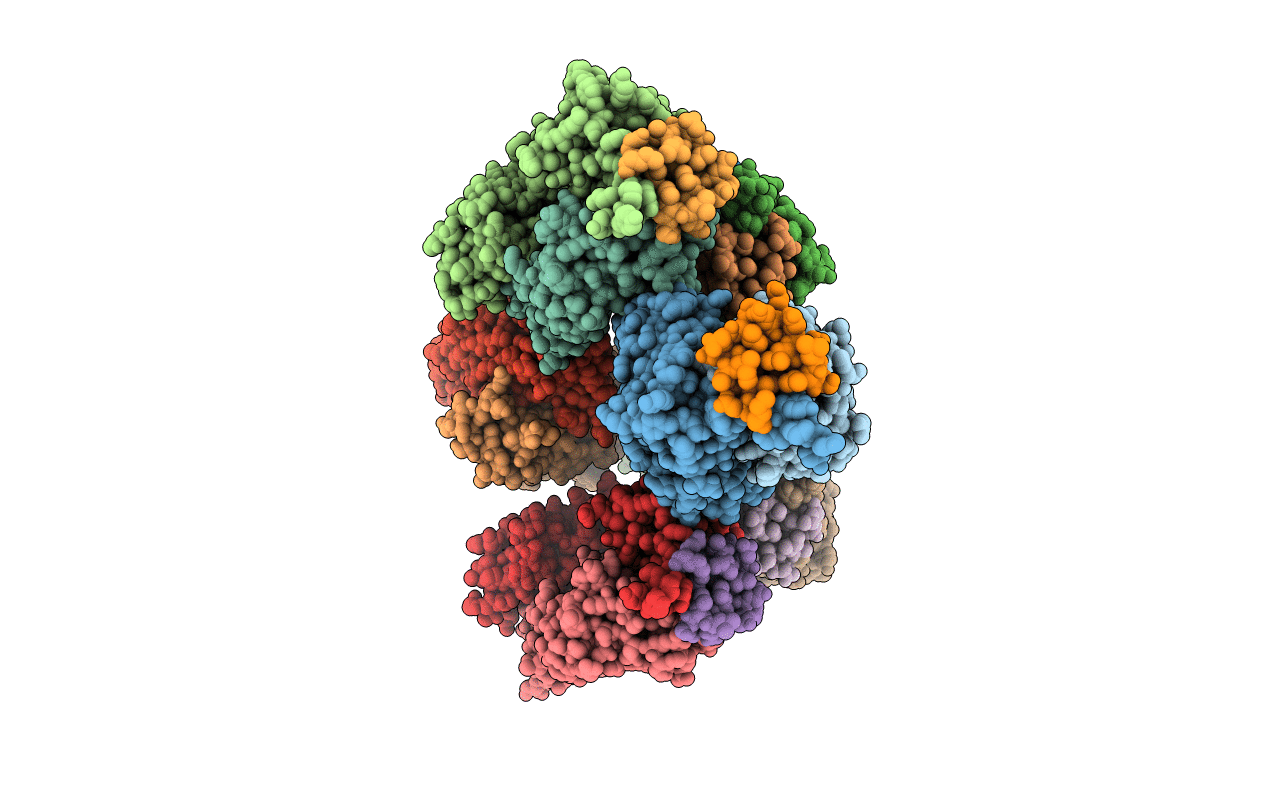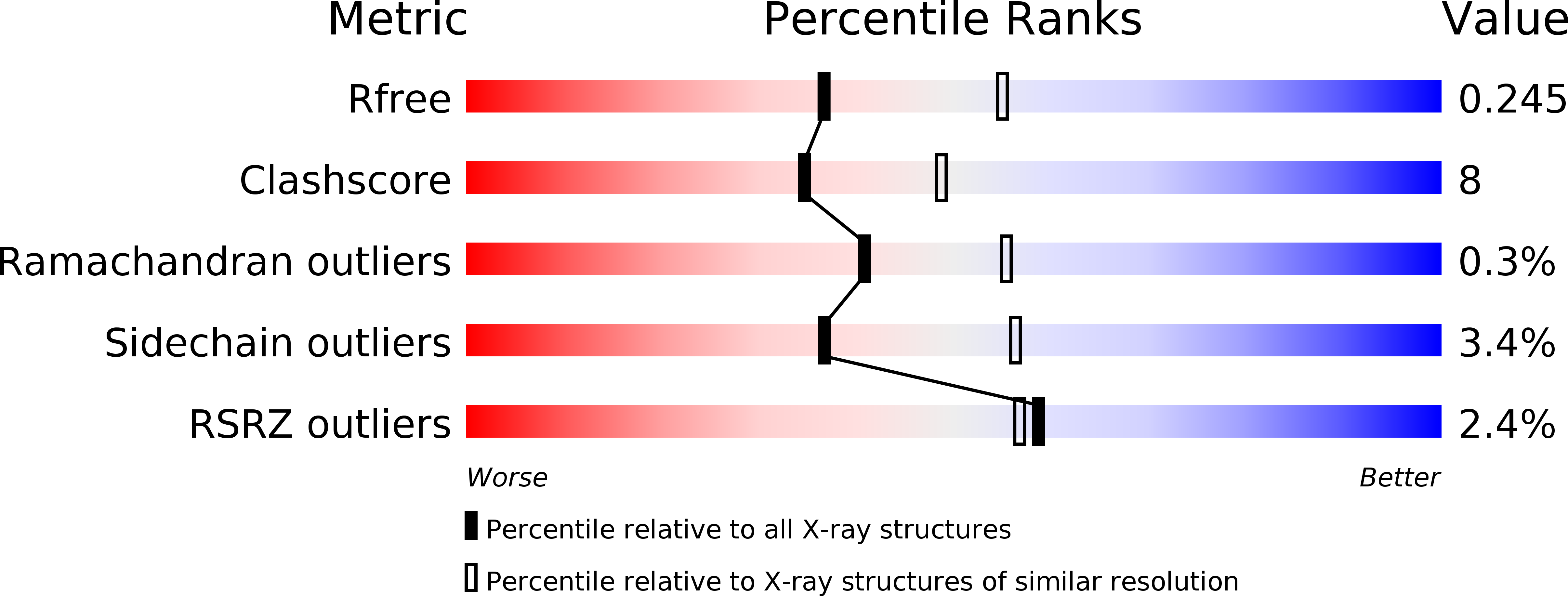
Deposition Date
2020-01-11
Release Date
2020-09-02
Last Version Date
2024-10-23
Entry Detail
Biological Source:
Source Organism:
Homo sapiens (Taxon ID: 9606)
Salmonella phage P22 (Taxon ID: 10754)
Salmonella phage P22 (Taxon ID: 10754)
Host Organism:
Method Details:
Experimental Method:
Resolution:
2.40 Å
R-Value Free:
0.23
R-Value Work:
0.18
R-Value Observed:
0.18
Space Group:
P 1 21 1


